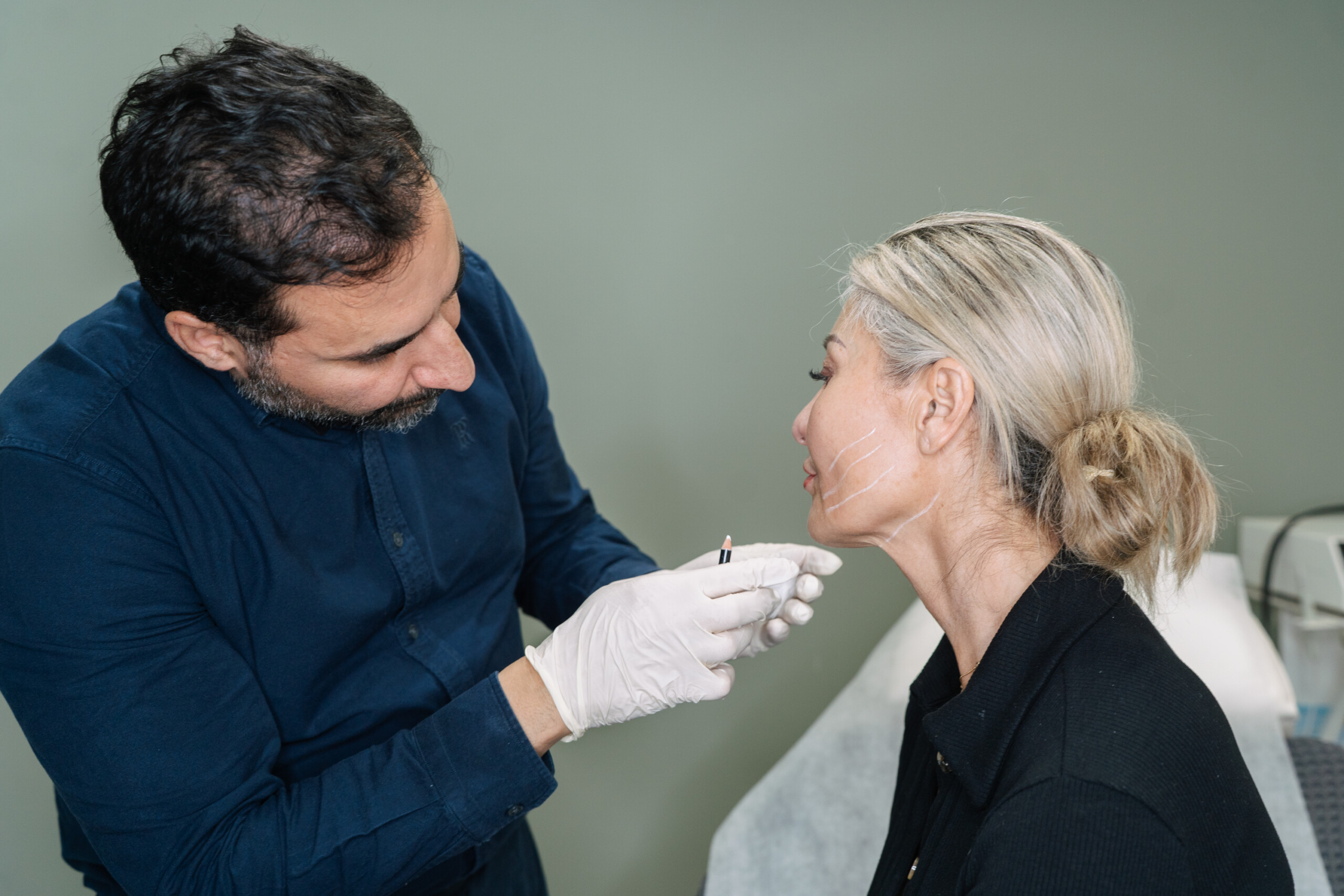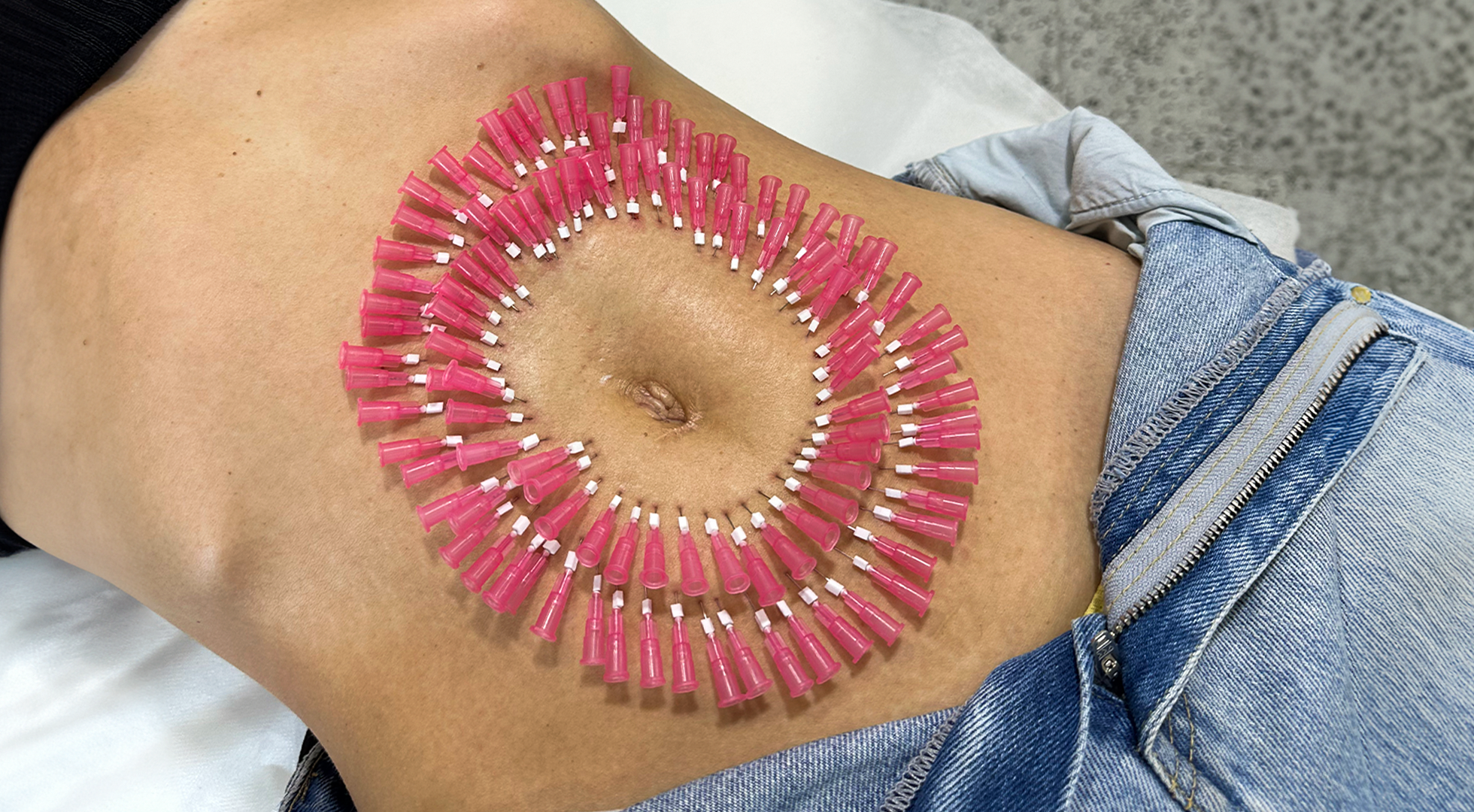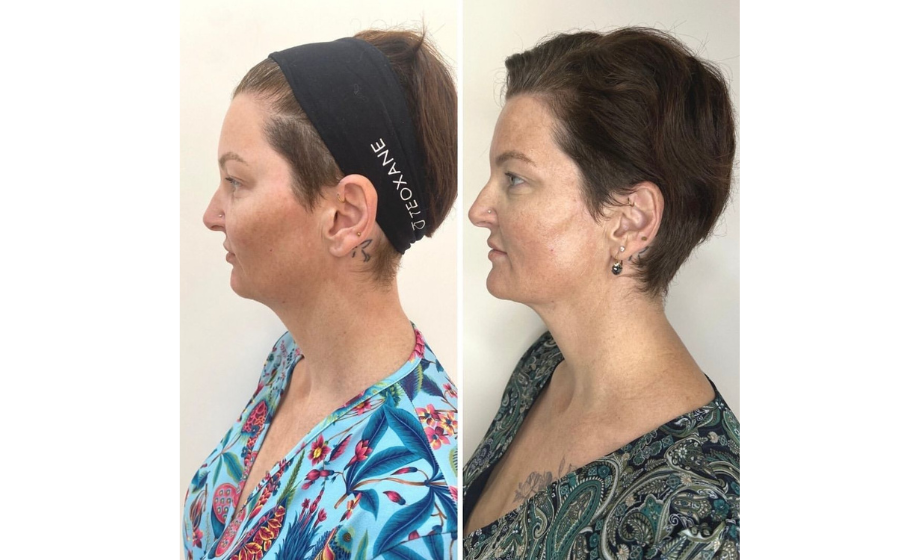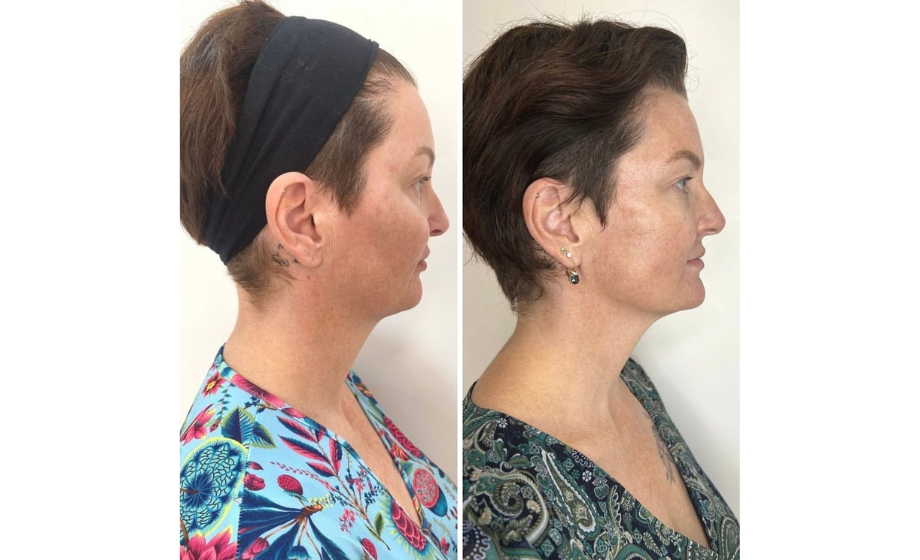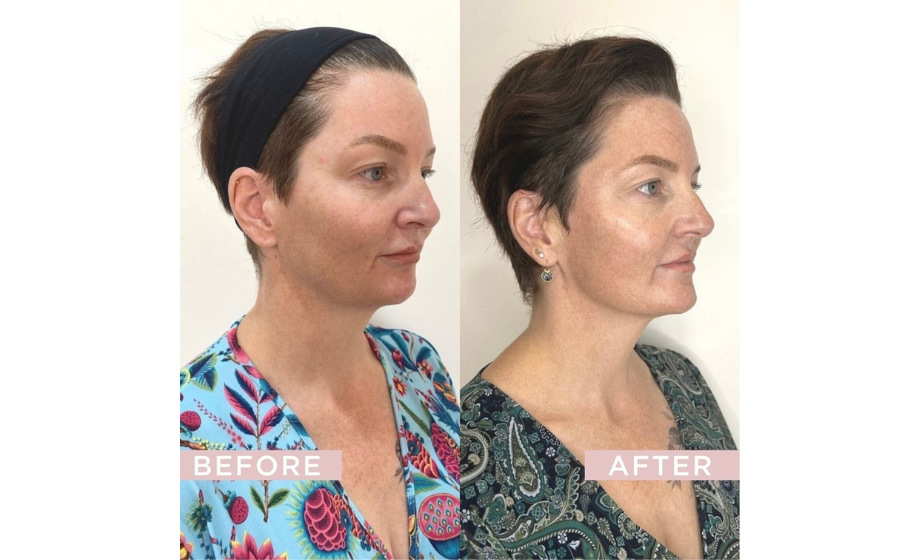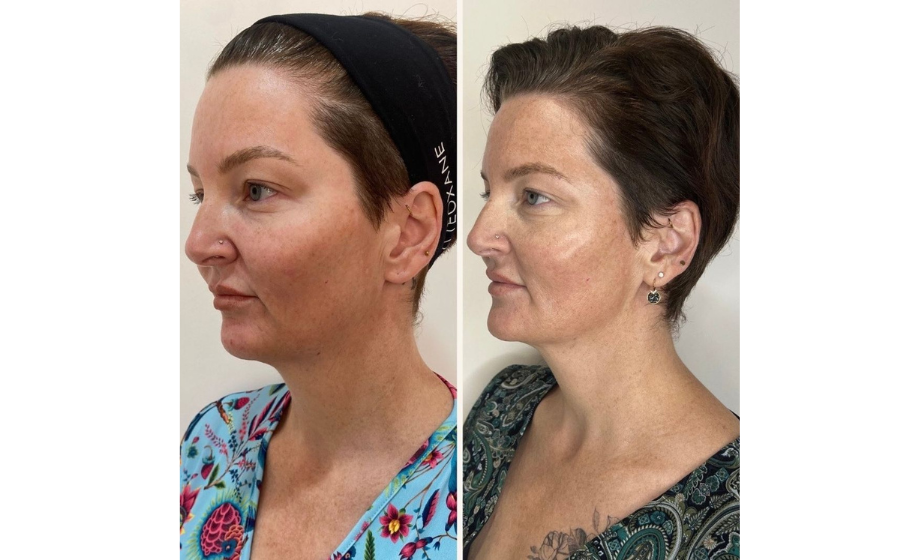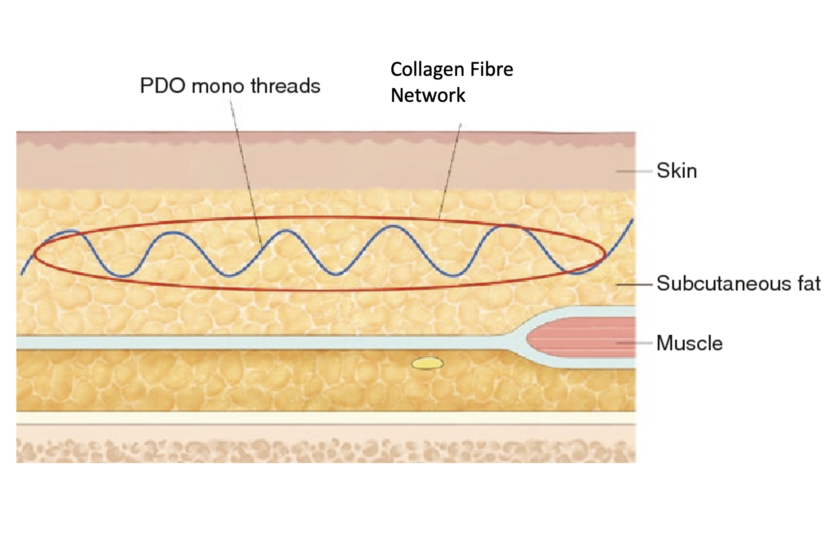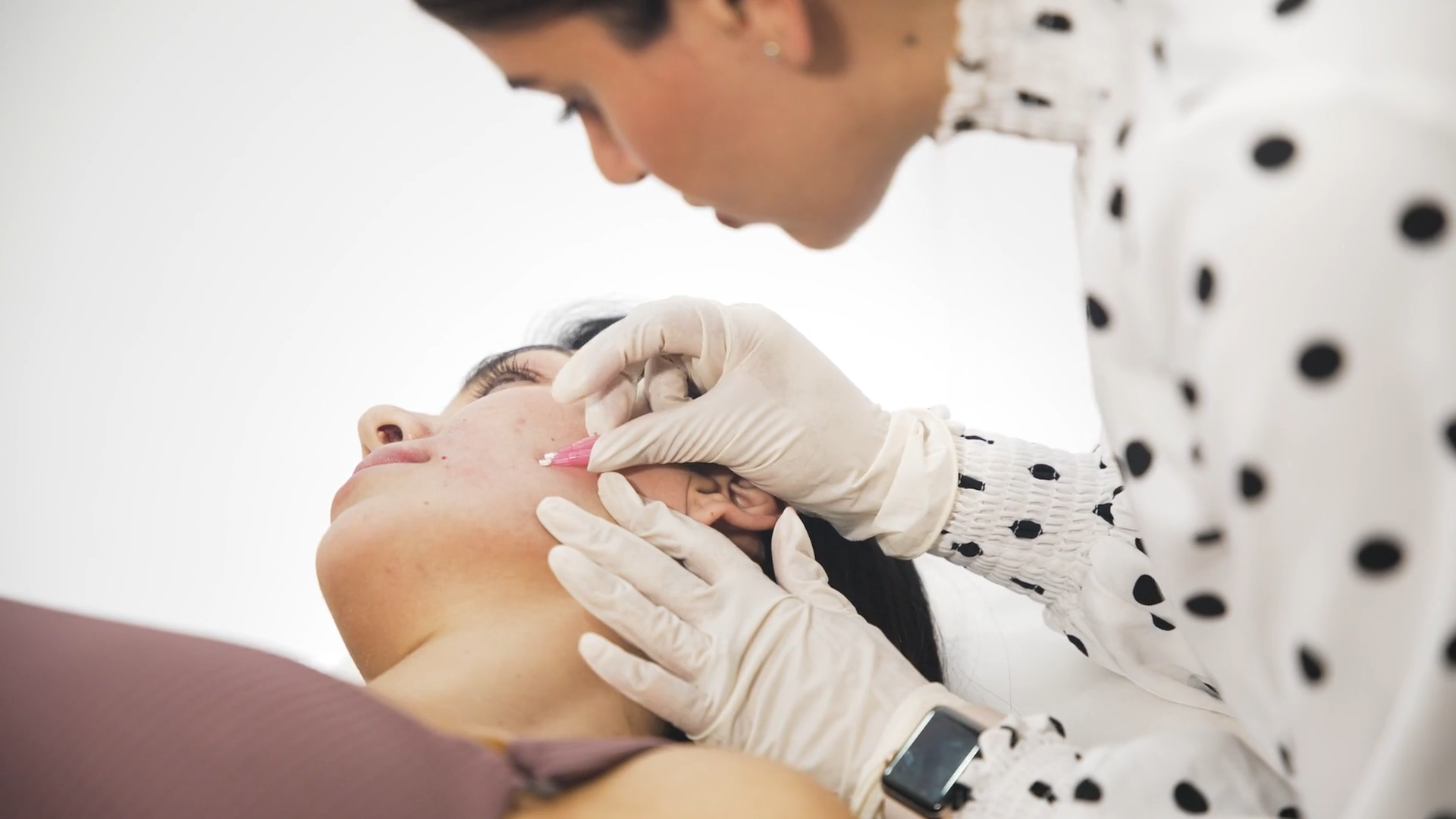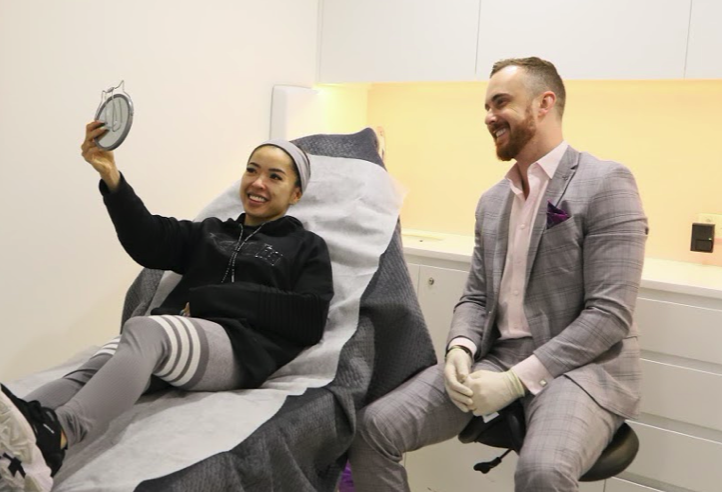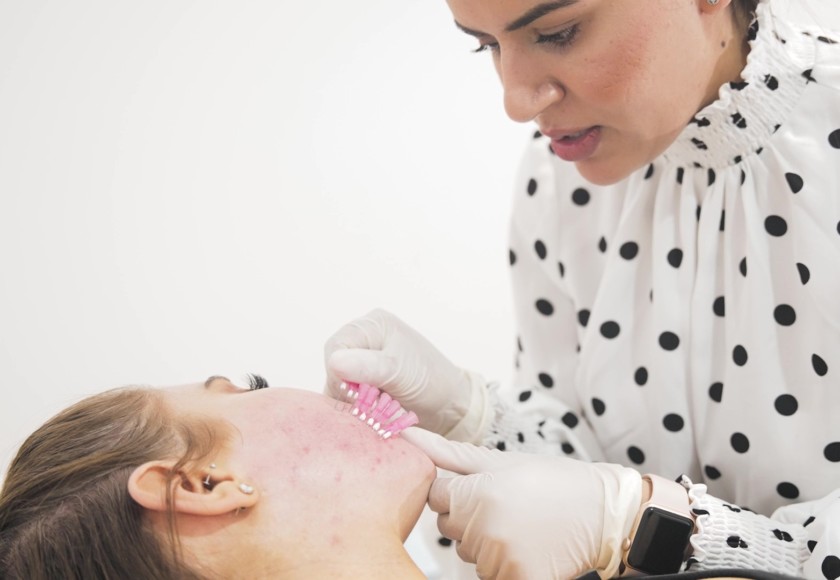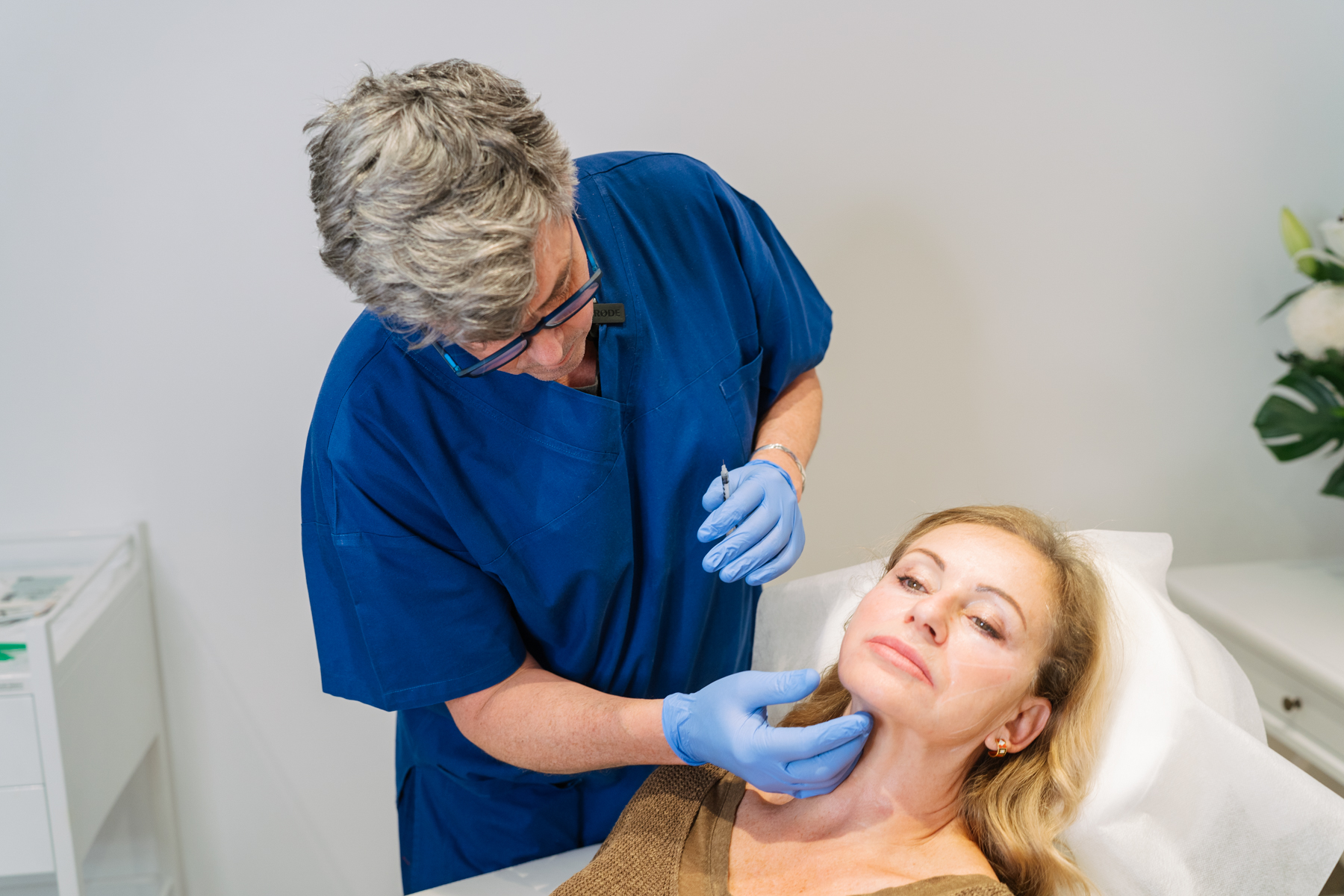How long does PDO Mono Thread-lifting take?
PDO Mono thread lifting takes between 15-30 minutes depending on the number of threads placed.
How is the PDO Mono Thread lift performed?
Your PDO Mono Thread lift procedure starts with a comprehensive consultation with one of our experienced cosmetic doctors. Following this you will have numbing cream applied for the appropriate time frame, then your skin will be cleansed prior to insertion of your threads.
Following your cosmetic doctor will carefully place the threads to treat areas specific to your unique treatment plan. A topical antiseptic cream is then applied and you will be directed to ice the area for 10 minutes every 2 hours on the day of treatment.
Are PDO Mono Threads painful?
Discomfort varies form person to person depending on the number threads and location placed. We apply a topical numbing creme to aid in the reduction of discomfort during the procedure.
The doctor-led nature of our clinics allows the use of Nitrous oxide (laughing gas) to assist with comfort during treatments.
What are the risks of a PDO Mono Threadlift?
The most common risks include:
- Swelling- can last 1-3 days and is almost always mild
- Bruising – if it occurs typically lasts 3-5 days and can be helped with our dermatology grade lasers and LED lights
- Minor dimpling or puckering: Usually resolves naturally within a few days to two weeks.
Rare risks
- Infection – Antiseptic cream is applied immediately after treatment to reduce this risk
- Allergic reactions: Very rare, since PDO threads are made of biocompatible material.
- Temporary nerve irritation: Uncommon and usually transient.
What is the difference between PDO and mono threads?
Mono threads are made up of the material polydioxanone (PDO for short). They are typically 1-1.5 inches long and as thick as a hair. They are used for the purposes of stimulating collagen and tightening the skin. These threads are also known as PDO mono threads.
Long threads that are 10-15cm long are often also made of the material PDO. They are predominantly used as a facial tissue repositioning treatment. Common areas include lifting the cheeks, eyebrows or jowls. Unlike mono threads, they provide little benefits to the overlying skin.
To summarise:
Mono threads
- Also called PDO mono threads or PDO mini threads
- 1-1.5 inches long
- Thin
- Predominantly used to tighten skin
- Can be used all over the body and face
Long threads
- 10-15cm long
- Can be made of Polydioxanone (PDO), Poly-L-lactic acid (PLLA), or Polycaprolactone (PCL)
- Thicker
- Predominantly used to lift sagging facial features
- Predominantly used only on the face
Do PDO threads easily break?
No. PDO mono threads very rarely break. This is because there is no tension placed on the PDO mono threads. There isn’t a mechanism of force to cause a breakage.
Longer PDO threads have been known to break under very rare circumstances. This is usually due to poor placement, incorrect patient selection or poor technique.
What is the downtime for PDO mono threads?
Downtime for PDO mono threads is minimal, typically ranging from 1 to 3 days. Most patients can resume their normal daily activities immediately after treatment, although mild swelling, bruising, or tenderness may occur and usually resolves within a few days.
PDO mono threads for hair?
There is currently no peer-reviewed scientific evidence that PDO mono threads work well for hair growth. While the absence of evidence does not imply that it doesn’t work, as an evidence based clinic we cannot recommend treatments with a poor evidence base.
PDO mono threads nasolabial folds?
PDO mono threads may be used to address nasolabial folds (smile lines). By stimulating collagen production beneath the skin, they can help improve the appearance and firmness of this area. This occurs through a mild increase in volume associated with the extra collagen deposition stimulated by the PDO mono threads.

